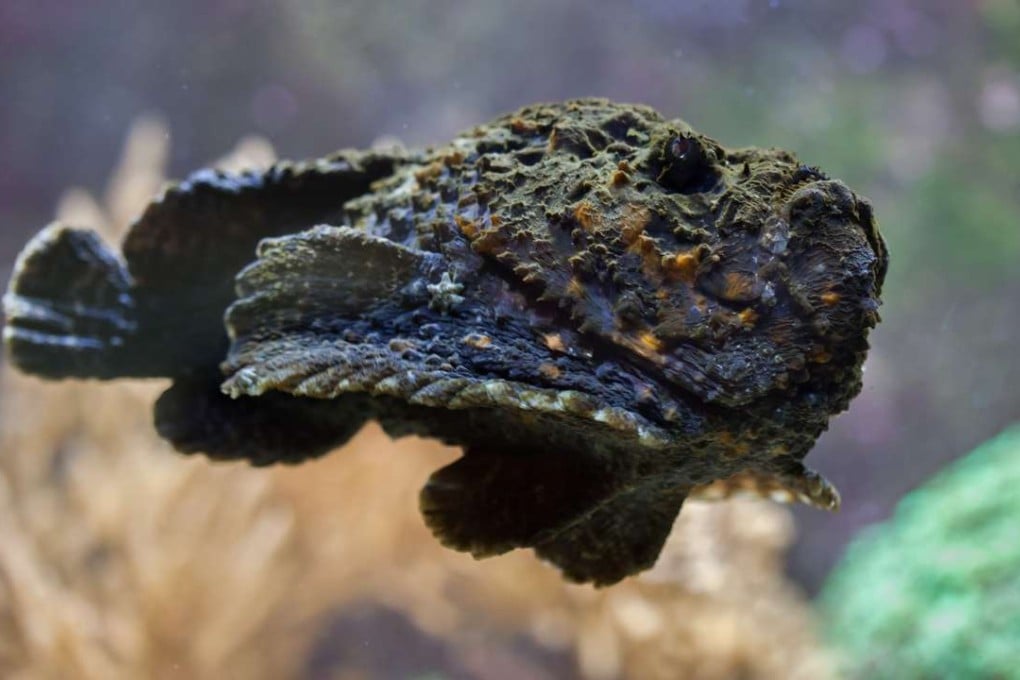The Great Barrier Reef – the good, the bad and the ugly
The world’s largest coral system is a magical place, but climate change, bleaching and irresponsible tour operators threaten one of the world’s natural wonders. Oh, and beware of the nasty jellyfish

The Good
There’s a lot more to the world’s largest living structure than a list of statistics – but that’s a good place to start. Stretching for 2,300km along Australia’s northeast coast and composed of more than 2,900 individual reefs and 900 islands, the Great Barrier Reef covers an area about the size of Japan. The natural wonder is a rich ecosystem with 400 types of coral and 10 per cent of the world’s fish species. In the year ending June 2016, 2.5 million people visited the reef, helping to support 69,000 jobs, or about 90 per cent of the regional economy.
Guided reef walking tours that follow sand channels exposed at low tide are a good way of dipping your toe in, so to speak. Alternatively, get to grips with the sheer magnitude of the reef by booking a scenic helicopter or seaplane flight. Guests staying at island resorts can test the water by snorkelling a few metres offshore but to really interact with the kaleidoscopic coral, sea turtles, sharks and clouds of tropical fish, take the plunge and sign up for a boat trip – about 500 commercial vessels are registered to offer excursions. Most stop at two or three different sites and include lunch, snorkelling gear and presentations by marine biologists. Live-aboard expeditions catering to experienced divers start at A$3,500 (HK$20,900) for a seven-night, 26-dive safari to less-visited reefs and lagoons.

Tropical Cairns, in far north Queensland, was voted Australia’s friendliest city in 2014. It’s also the biggest and best-known base for reef-related activities. If you can’t find the right excursion here, you’re not trying hard enough. April and May are good months in which to visit. The rains should have finished, the water will be clear and accommodation rates have yet to spike. There’s more to Queensland than its underwater Garden of Eden, however, so as soon as fingers and toes start wrinkling, turn your attention landwards.
